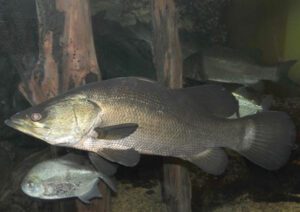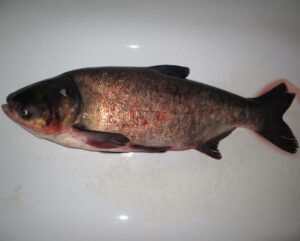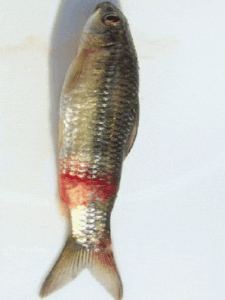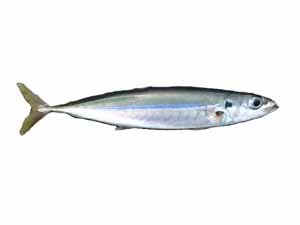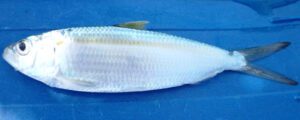Common carp fish farming in freshwater pond is a popular business in some areas. It is available throughout the world, but mostly cultured in Asia and Europe. It is among the very old fish species, and it’s history as a farmed fish dates back to Roman times.
The common carp fish is used as food in most areas where it is raised. Although it is regarded as a pest in some regions/countries, mainly due to it’s ability to out-compete native fish species.
Today, popularity of commercial common carp fish farming business is gaining popularity mainly because of it’s fast growth and ability to adapt with many conditions.
Common carp fish can tolerate salinity up to about 5 percent and the optimal pH range for common carp fish farming is 6.5 to 9.0. And the fish can survive cold winter periods.
Currently, popularity of polyculture of different carp fish species is increasing. As a result, popularity of commercial common carp fish farming business with other fish species is increasing.
How to Start Common Carp Fish Farming
Starting commercial common carp fish farming business is very easy and simple. Even the beginners can start this business without prior experience. Here we are trying to describe more information about starting common carp fish farming business.
Site Selection
First of all, if you are new in this business then select a very good site for starting your business. The selected site should be far from residential area and free from all types of noises and pollution. Also consider the availability of full sun while selecting site.

Pond Construction & Size
After selecting a good site, construct a pond into it. You can use either manual labor or machine for constructing the pond. And the size of the pond can be any depending on your available land. But for commercial production, we recommend having at least one acre pond.
Pond Preparation
After constructing the pond, you have to prepare it before stocking fish into it. Apply lime and both organic and inorganic fertilizers into it. And doing so will help in natural food production.
Seed Collection
Hatchery based seed production is the most effective and reliable method of seed production. The broodfish are generally kept in water saturated with oxygen (within the temperature range of 20ºC to 24ºC).
And then they are given 2 doses of pituitary gland injection. And then the incubation is carried out in Zoug jars. Then the fry are kept in large conical tanks for about 3 days.
Rearing the Fingerlings
Generally the common carp fingerlings are raised in semi-intensive ponds. In this pond, they are kept for some time or until they reach about 20 grams body weight.
Stocking in the Main Pond
Once the fingerlings reach around 20 grams body weight, then they are stocked into the main pond. Generally the common carp fish is stocked with other fish species. And you can stock a total of 20,000 to 25,000 fish an one acre pond.
Feeding
The common carp fish are omnivorous. In most cases they are feed on natural foods. Although sometimes they are supplemented with compounded farm-made or commercial feeds.
Harvesting
The common carp fish generally grow faster and become ready for harvesting much earlier. You can harvest the fish from the pond by using fishing nets.
Marketing
The common carp fish are generally sold live and fresh in the market. So try to send the fish in the market immediately after harvesting.
These are the common steps for raising common carp fish commercially. Commercial common carp fish farming along with other carp fish species is very profitable and you can start this business. Good luck!

